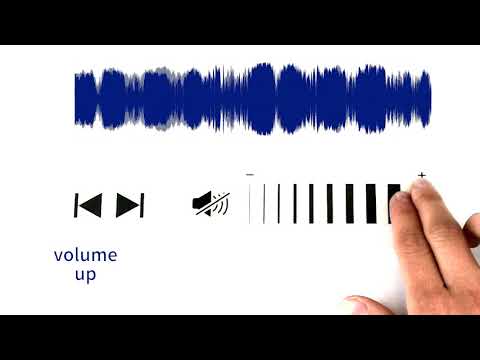A simple sheet of paper can now be converted into a waterproof and interactive surface. It can even harvest energy on its own, thanks to a novel printing technology developed at Purdue University. While showcasing their technique, the researchers transformed a simple piece of paper into a music player, and it is as cool as it sounds.
This is the very first time that such a technology where a paper becomes an electronic device is demonstrated. The lead author of the study, Ramses Martinez, says, “We developed a method to render paper repellent to water, oil, and dust by coating it with highly fluorinated molecules. This Omniphobic coating allows us to print multiple layers of circuits onto paper without getting the ink to smear from one layer to the next one”.
Initially, the researchers completed developing a unique Omniphobic layer on a plain paper, which further enabled them to install vertical pressure sensors on it as well. This process, once applied on a sheet, makes it an interactive surface for a lot of purposes. Moreover, the energy is harvested through the friction involved on its surface, which in itself is good enough to power a wireless Bluetooth communication.

Along with converting paper into a music player, the team also demonstrated another application of this technology by turning it into a keypad that can transmit wireless data. What the whole process does to the paper is that it makes it responsive to whatever is printed on its surface. For instance: The musical interface printed will function just like a standard electric device where the mute button will turn off the volume, drag the volume up, and it will raise it, and so on. Its application is somewhat beyond imagination once this novel technology gets going.
We have laid down the fun factor this tech can bring to our lives, now talking about its easy application is that a single such device can be printed in less than the U.S $0.25, respectively. Hence, making it cheaper than what we imagine for such a responsive piece of paper! It is inexpensive and compatible with typical known printing techniques. Imagine converting a simple cardboard box into a smart container that could tell all the details of the inside stuff upon a single touch.

Martinez, while briefing further about this alien tech, said, “I envision this technology to facilitate the user interaction with food packaging. To verify if the food is safe to be consumed, or enabling users to sign the package that arrives at home by dragging their finger over the box to identify themselves as the owner of the package properly.”


